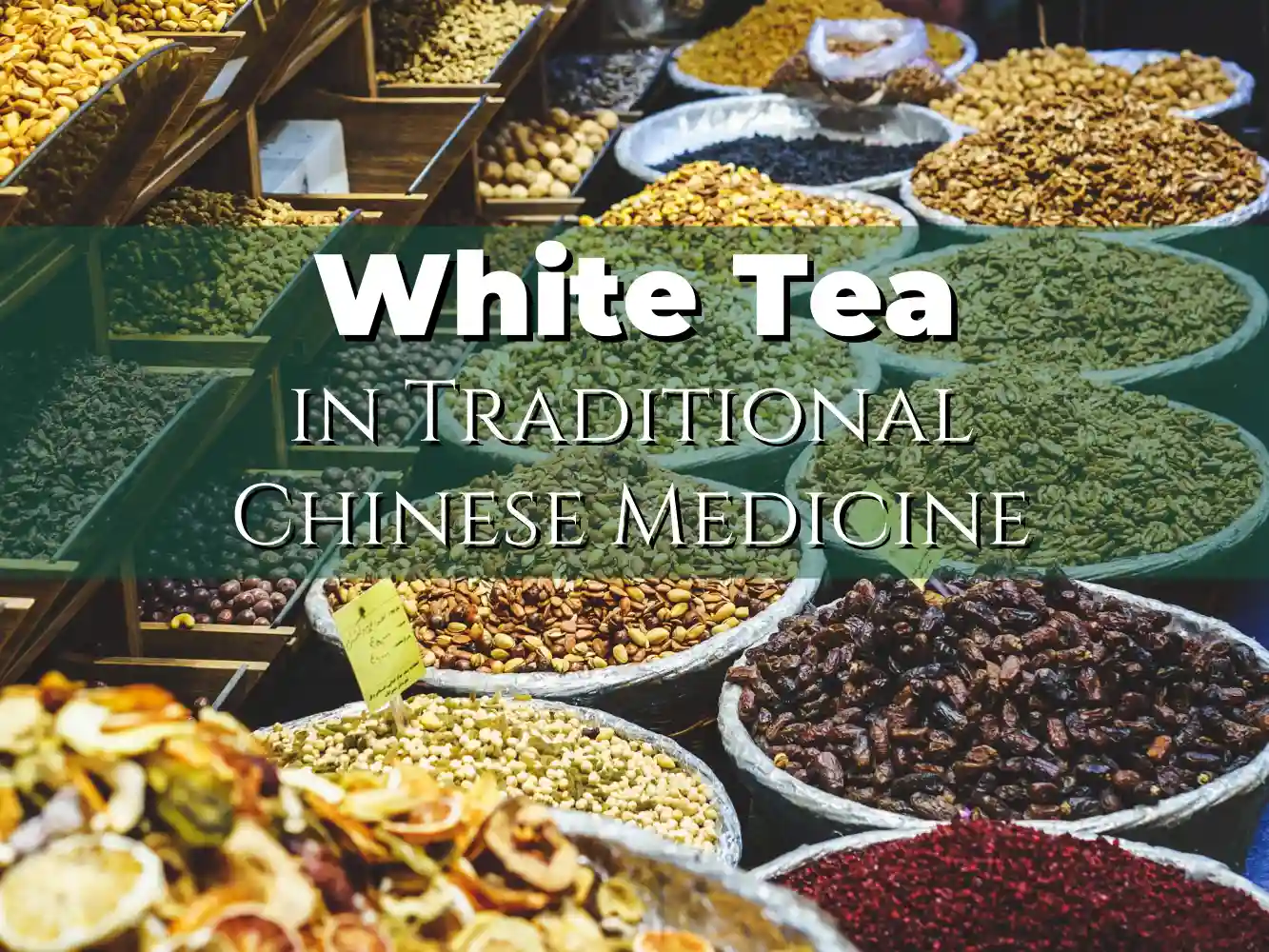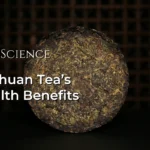White tea, a delicate and minimally processed tea variety, has been a cherished part of Chinese culture for centuries. Renowned for its subtle flavors and numerous health benefits, white tea has played a significant role in Traditional Chinese Medicine (TCM). In this article, we’ll explore the fascinating connection between white tea and TCM, focusing on two popular varieties: White Peony and Shou Mei.
The Origins and Processing of White Tea
White tea originates from the Camellia sinensis plant, the same source as green, black, and oolong teas. What sets white tea apart is its minimal processing, which involves carefully plucking young buds and leaves, then allowing them to wither and dry naturally. This gentle approach preserves the tea’s delicate flavors and high concentration of beneficial compounds.
Two well-known types of white tea are White Peony (Bai Mudan) and Shou Mei. White Peony consists of a bud and two leaves, offering a slightly fuller flavor profile compared to other white teas. Shou Mei, on the other hand, is made from more mature leaves and has a stronger, earthier taste.
The brewing temperature for these teas varies slightly. White Peony is best brewed at 90-95 degrees Celsius, while Shou Mei can withstand slightly higher temperatures of 95-100 degrees Celsius. This subtle difference in brewing temperature helps extract the optimal flavors and beneficial compounds from each variety.
White Tea’s Medicinal Properties in TCM
Traditional Chinese Medicine, a holistic healing system with a history spanning thousands of years, has long recognized the medicinal value of white tea. In TCM, white tea is believed to possess “cooling” properties, making it an excellent remedy for conditions associated with excessive “heat” in the body.
White tea is rich in polyphenols, particularly catechins, which are powerful antioxidants. These compounds are believed to help combat free radicals in the body, potentially reducing the risk of chronic diseases and supporting overall health. In TCM, this antioxidant action is thought to contribute to the tea’s ability to clear “heat” and toxins from the body.
Both White Peony and Shou Mei are valued in TCM for their potential to:
- Support digestive health
- Enhance skin clarity and radiance
- Promote relaxation and mental clarity
- Aid in detoxification
- Boost the immune system
The amino acid L-theanine, present in white tea, is believed to promote relaxation without causing drowsiness. This aligns with the TCM concept of balancing Yin and Yang energies in the body, promoting a state of calm alertness.
Incorporating White Tea into Modern Wellness Practices
White tea, with its deep roots in traditional medicine, is gaining recognition in modern wellness practices. Its mild caffeine content, paired with a wealth of antioxidants, makes it an appealing choice for those looking for a balanced approach to health and vitality. This delicate tea offers a gentle energy boost while supporting overall well-being, making it an ideal option for individuals seeking natural and sustainable ways to enhance their wellness.
White Peony, known for its slightly fuller flavor, is a popular choice for daily consumption to support overall wellness. Its subtle floral notes and smooth texture make it a delightful option, especially for those new to white tea. On the other hand, Shou Mei offers a more robust flavor profile and is often favored by individuals who prefer a stronger taste or are looking for a gentler caffeinated alternative to coffee. Both varieties provide a unique and enjoyable way to boost vitality.
In addition to drinking white tea, some modern wellness practices incorporate white tea in other ways:
- White tea extract in skincare products for its potential anti-aging properties
- White tea rinses for hair to promote shine and scalp health
- White tea-infused bath soaks for relaxation and skin benefits
These modern applications draw inspiration from TCM principles, adapting ancient wisdom to contemporary lifestyles.
As interest in natural health remedies grows, white tea continues to gain popularity worldwide. Its gentle processing, which aligns with the TCM principle of minimal intervention, appeals to those seeking pure, unadulterated forms of nutrition. The subtle interplay of flavors in White Peony and Shou Mei offers tea enthusiasts a chance to explore the nuanced world of white tea while potentially reaping health benefits.
While white tea has been a staple in Traditional Chinese Medicine for centuries and modern research highlights its potential health benefits, it should not be viewed as a cure-all or substitute for professional medical advice. As with any dietary change or supplement, it’s essential to consult a healthcare provider, particularly for individuals with pre-existing conditions or those taking medications. This ensures safe and informed decisions regarding its incorporation into your wellness routine.
Conclusion
In conclusion, white tea, particularly varieties like White Peony and Shou Mei, holds a special place in Traditional Chinese Medicine. Its gentle processing, array of beneficial compounds, and balanced energy make it a valuable addition to both traditional and modern wellness practices. Whether you’re drawn to its subtle flavors, intrigued by its potential health benefits, or simply looking for a moment of calm in your day, exploring the world of white tea can be a rewarding journey.
We serve thousands of satisfied tea enthusiasts in our tea house each year, and we’re excited to share these exceptional teas with tea lovers worldwide at Orientaleaf.com.

References
- Dias, T. R., Tomás, G., Teixeira, N. F., Alves, M. G., Oliveira, P. F., & Silva, B. M. (2013). White Tea (Camellia sinensis (L.)): Antioxidant Properties and Beneficial Health Effects. International Journal of Food Science, Nutrition and Dietetics, 2(2), 19-26.
- Zhao, Y., Asimi, S., Wu, K., Zheng, J., & Li, D. (2015). Black tea consumption and serum cholesterol concentration: Systematic review and meta-analysis of randomized controlled trials. Clinical Nutrition, 34(4), 612-619.
- Unachukwu, U. J., Ahmed, S., Kavalier, A., Lyles, J. T., & Kennelly, E. J. (2010). White and green teas (Camellia sinensis var. sinensis): variation in phenolic, methylxanthine, and antioxidant profiles. Journal of Food Science, 75(6), C541-C548.
- Jiang, T., Huang, B. K., Zhang, Q. Y., Han, T., & Zheng, H. C. (2007). Studies on chemical constituents of Bai Mu Dan (white peony). Zhong Yao Cai, 30(9), 1093-1095.
- Lv, H. P., Zhang, Y. J., Lin, Z., & Liang, Y. R. (2013). Processing and chemical constituents of Pu-erh tea: A review. Food Research International, 53(2), 608-618.


